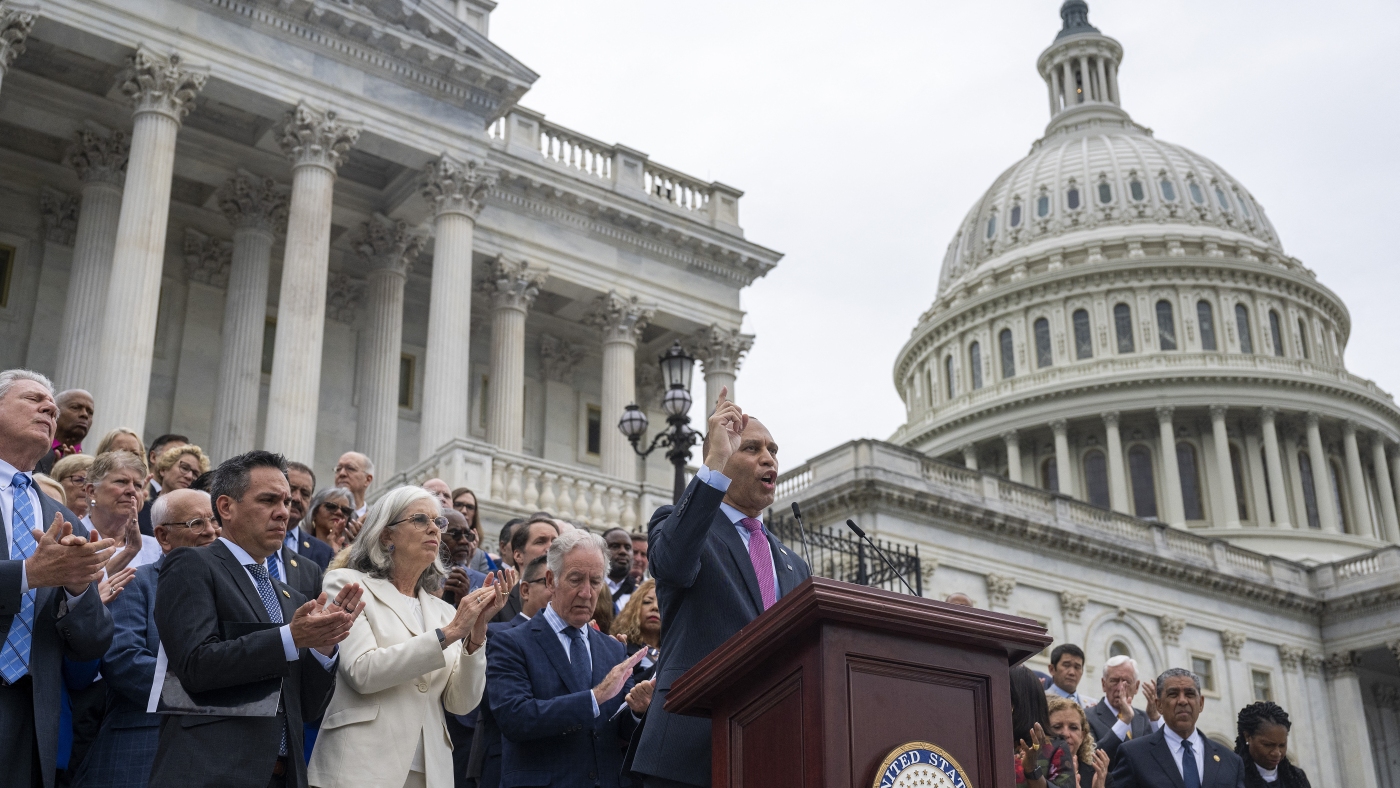The Democratic Party is grappling with a critical introspection following its significant electoral setbacks in 2024, now intensely focused on recalibrating its core party messaging and overall political strategy in anticipation of the pivotal 2026 midterm elections. This period of reflection is driven by persistently low approval rates and a recognition that past approaches may no longer resonate with a diverse electorate.
Despite legislative achievements like the “Big Beautiful Bill Act,” party leaders, including House Democratic Leader Hakeem Jeffries, acknowledge the urgent need for strategic shifts. Prominent voices within the party, such as former transportation secretary Pete Buttigieg, have openly criticized the Democratic Party’s slow adaptation to evolving political landscapes and information consumption habits, suggesting an attachment to a failing status quo.
A burgeoning trend among potential presidential hopefuls, like California’s Rep. Ro Khanna and Gov. Gavin Newsom, involves leveraging non-traditional platforms such as popular podcasts. These appearances allow for more authentic, casual language, departing from the often-criticized focus-group tested rhetoric, thereby reaching broader audiences who typically avoid conventional political discourse.
There’s a growing consensus within the Democratic Party that their approach to governance post-Trump should not merely involve undoing previous policies. Instead, a more “unsentimental” and pragmatic approach is advocated, defending effective programs while fearlessly challenging entities that obstruct a better life for Americans, demonstrating a shift in US politics.
The challenges facing the Democratic Party are compounded by significant intra-party friction. This internal debate manifests in various forms, including notable primary challenges to long-serving incumbents, robust attendance at rallies for populist figures like Sen. Bernie Sanders and Rep. Alexandria Ocasio-Cortez, and energetic grassroots movements like the No Kings protest.
Strategically, some Democrats are actively working to differentiate their party messaging from the less popular aspects of the current administration. In states like North Carolina, officials are emphasizing local issues such as judicial elections, state legislative priorities, and the impacts of economic and healthcare changes, aiming to maintain a localized focus in increasingly nationalized contests.
This localized strategy also extends to candidate selection. North Carolina Senate Minority Leader Sydney Batch advocates for “Candidates that fit their district,” underscoring the necessity for the Democratic Party to embrace a “big tent” philosophy. She argues against “cannibalizing” moderate members, emphasizing inclusivity to unify the diverse factions within the party.
The current phase for the Democratic Party is one of profound reassessment, moving beyond the immediate aftermath of the electoral defeat in 2024. The discussions center on how to refine their communication, adapt policy positions, and foster internal unity, all while gearing up for a more effective presence in the upcoming midterm elections.






Leave a Reply